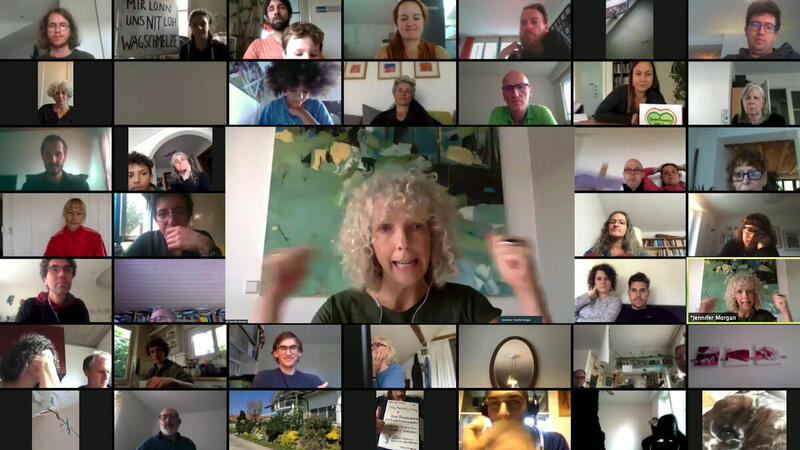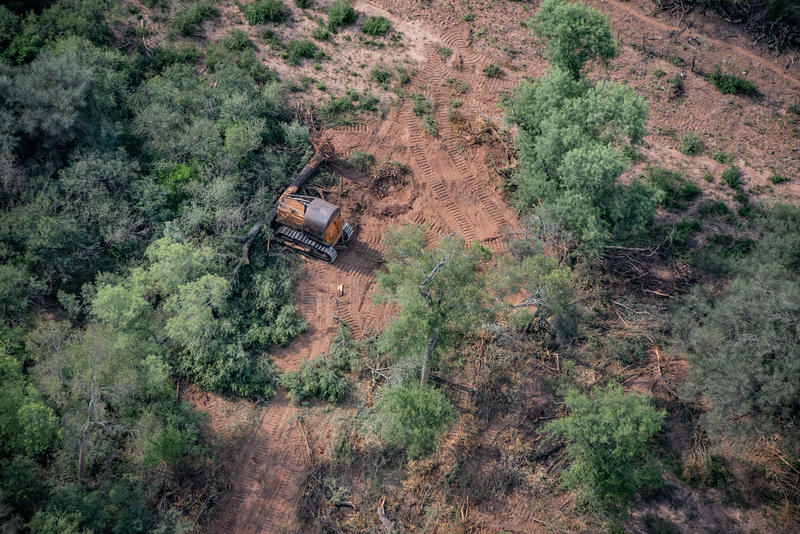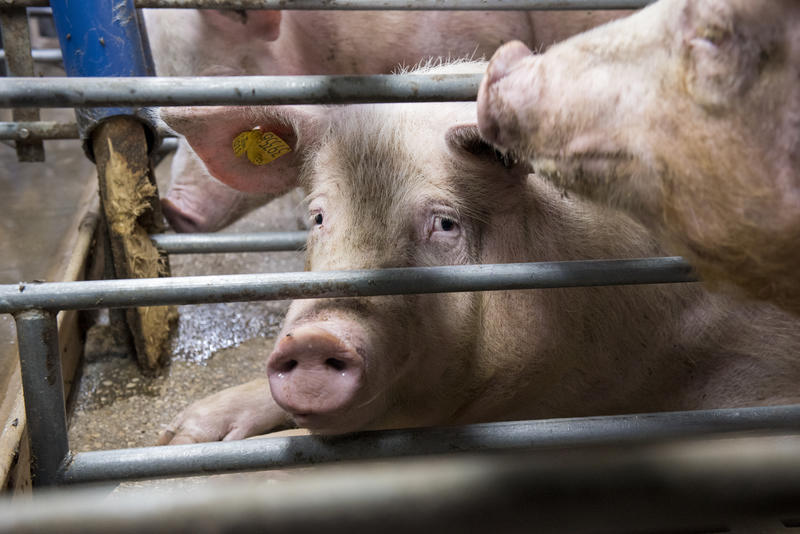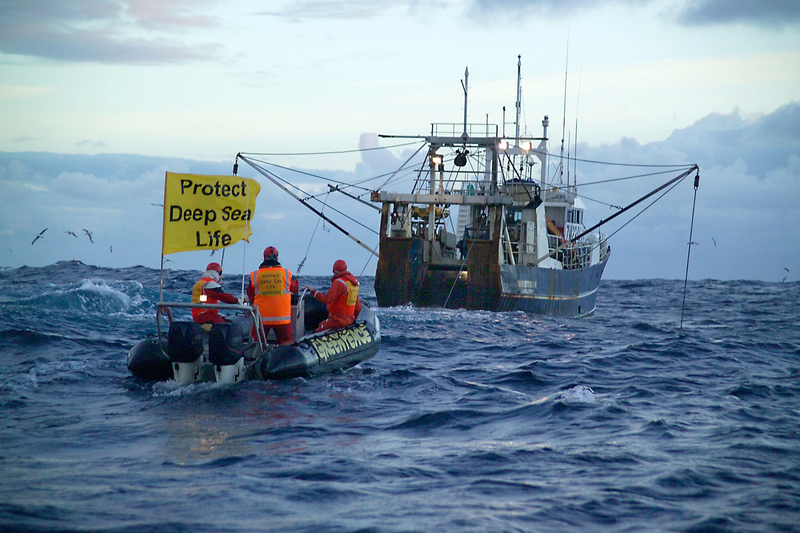Source: Greenpeace New Zealand

What supports a healthy life? As COVID-19 disrupts our lives across the world, we wake up each day wondering how to get the support we need to get through this crisis.
From standing in queues or walking long distances for food, to grandparents trying Zoom for the first time and to neighbours checking in on each other – we are building and strengthening our own support networks.

But we also need different support systems so that all of us can cope better: clean and accessible water to be able to stay healthy and protect ourselves by washing our hands; social support systems, such as healthcare and welfare, that protect us when times get tough; a food system that nourishes us, rather than leaving us fighting over empty shelves.
We need to consider the bigger life support systems that a healthy environment provides us. With so much information available and breaking news alerts every hour, it’s hard to keep up.
So here’s our go-to guide on how a healthy environment can protect us from pandemics.
What does nature have to do with COVID-19?
Healthy and undisturbed nature, especially intact ecosystems such as forests and other wilderness areas, provides a shield against dangerous new diseases emerging and spreading to humans. By contrast, exploiting nature creates the conditions for diseases similar to COVID-19 to emerge and spread.
Just as the health of our societies is only as strong as the wellbeing of the most vulnerable, our health as humans is fundamentally interconnected with the wellbeing of whole ecosystems. In other words,“there is not animal health and human health – not any more than there is Korean health and French health”.

How does the destruction of nature cause pandemics?
When we pressure the planet by destroying wild forests and disrupting nature to produce more and more feed, meat and other commodities, we increase our vulnerability to diseases from wildlife that are similar to COVID-19.
Human encroachment into ecosystems takes many forms. This includes deforestation and mining or clearing land for intensive farming. These activities can force wildlife into closer contact with humans, which increases the risk of exposure to pathogens, disease-causing microorganisms, crossing from animals to humans, ultimately threatening global public health.
While the COVID-19 pandemic might feel like a unique event right now, it is not a one-off – it is just the latest of many zoonotic diseases that have crossed from animals to humans, from SARS to H1N1 (swine flu), avian flu to Ebola.
Does factory farming have anything to do with this?
The industrial production of meat and dairy in massive factory farms where high numbers of animals are crammed together increases the risk of diseases emerging and spreading. While there is currently no evidence that the outbreak of COVID-19 is directly linked to intensive farming, industrial animal farming has contributed to the spread of other zoonotic diseases such as avian flu. Cramped and sometimes unsanitary conditions for workers in industrial food production can also increase the risk of disease transmission.

Could climate change make things worse?
Although climatic conditions don’t appear to play a direct role in the spread of COVID-19, failing to tackle the climate emergency could nonetheless increase our exposure to other infectious diseases. The unprecedented strain on the natural world from extractive and polluting industries is disturbing the delicate balance that keeps both humans and our environment healthy. It’s a risk we simply cannot afford to keep taking.
What happens if we protect nature?
Intact ecosystems provide natural barriers to these deadly new diseases emerging and spreading, so protecting nature means protecting ourselves.
Scientists are also highlighting how the deep sea offers vital clues for medical research to better understand new viruses and potential cures. Protecting the oceans from pollution and new industries like deep sea mining can help preserve the largest ecosystem on Earth for scientific study to help us all.
More generally, a healthy environment provides other life support systems: healthy forests and oceans thriving with life provide us with clean air to breathe and help protect us against the worst impacts of climate change.

So what should we do about it?
Tackling the COVID-19 crisis and recovering stronger means taking action to limit what makes us vulnerable and ensuring the conditions that will help keep us safe.
As some governments make rapid, sweeping changes in response to a crisis that would have seemed unthinkable at the start of this year, a safer, fairer, cleaner world is possible. Out of this crisis, we can choose to protect ourselves through a recovery that protects humans, and the environment we rely on.
As a priority, public money should not be poured into bailouts for destructive industries that make us more vulnerable to crises by driving nature loss and the climate emergency. Instead, government support should enable transitions for workers and communities into good green jobs and livelihoods that make us all safer and provide us with what we need for healthy lives.
Some industrial food corporations are even using this crisis to try to remove safety rules. By exploiting workers and planetary boundaries, the industrial food system exposes us to more risk. Factory farms are a toxic recipe for future pandemics. A safe recovery means embracing local, sustainable and resilient food producers who nourish both us and the health of our planet.
Banning the trade in wildlife would greatly reduce the risks of outbreaks of zoonotic diseases. But as a stand alone measure it would certainly not be enough to prevent a new health crisis. Out of our current crisis, we need ambitious political action built on valuing our responsibility to protect each other and the life support systems in thriving forests and oceans that can keep us healthy.
Human health, the health of our societies and the health of our environment are indivisible. Grounded in collective benefit rather than corporate profit, let’s put people and nature at the heart of how we rebuild.
Louisa Casson is Senior Political Strategist at Greenpeace International.


